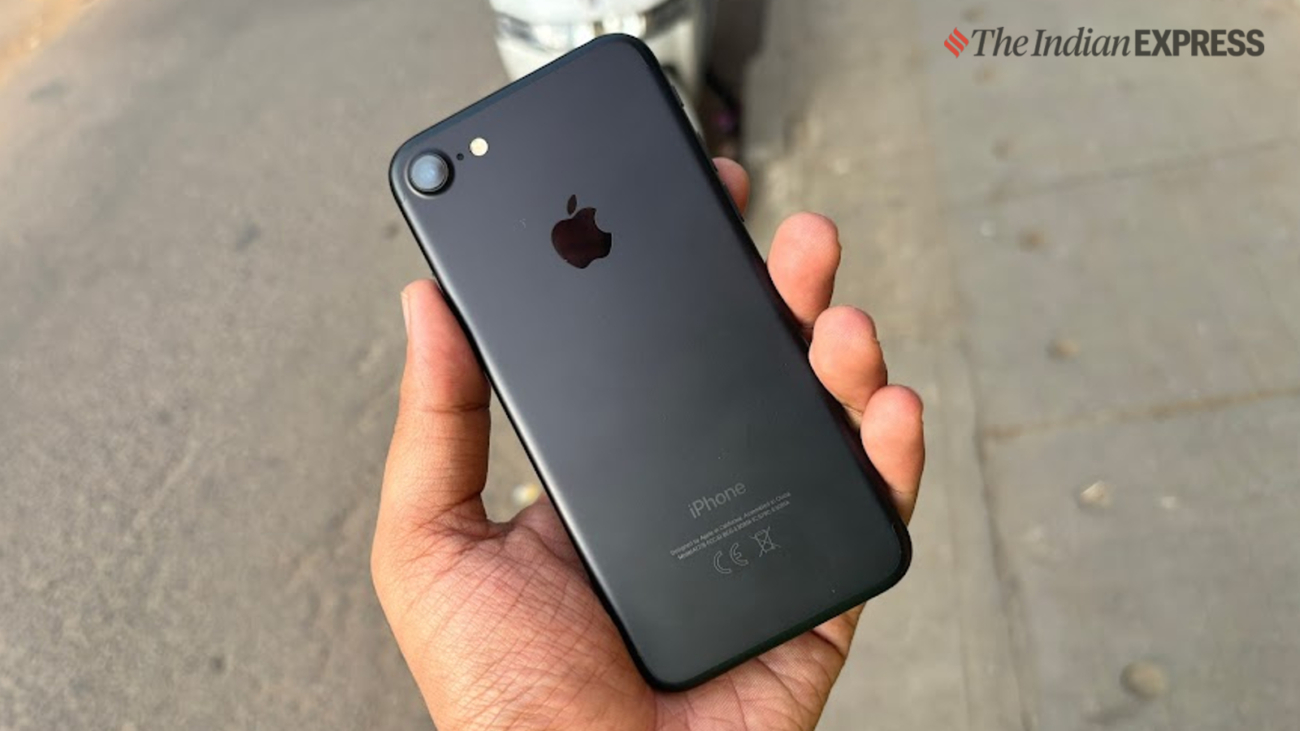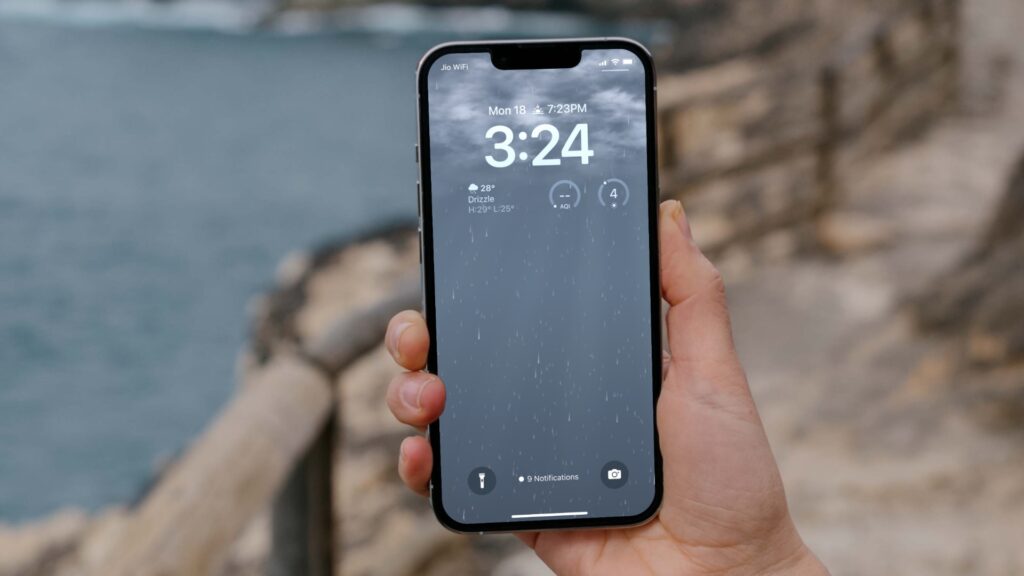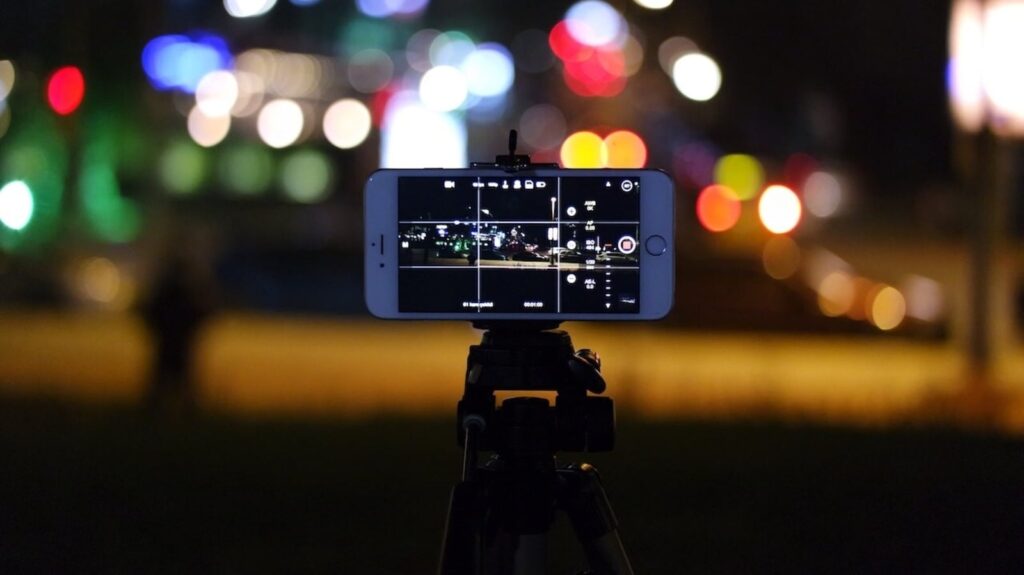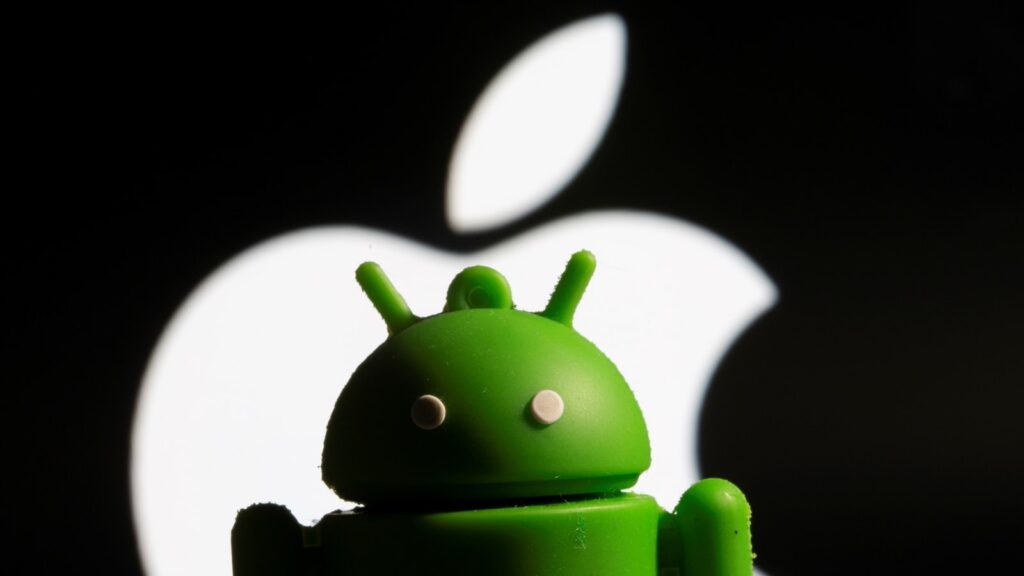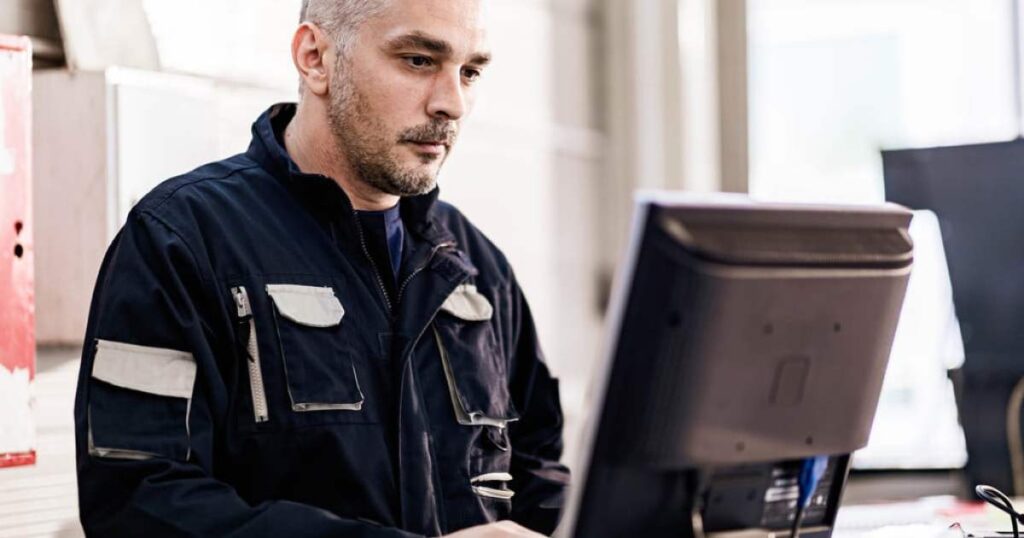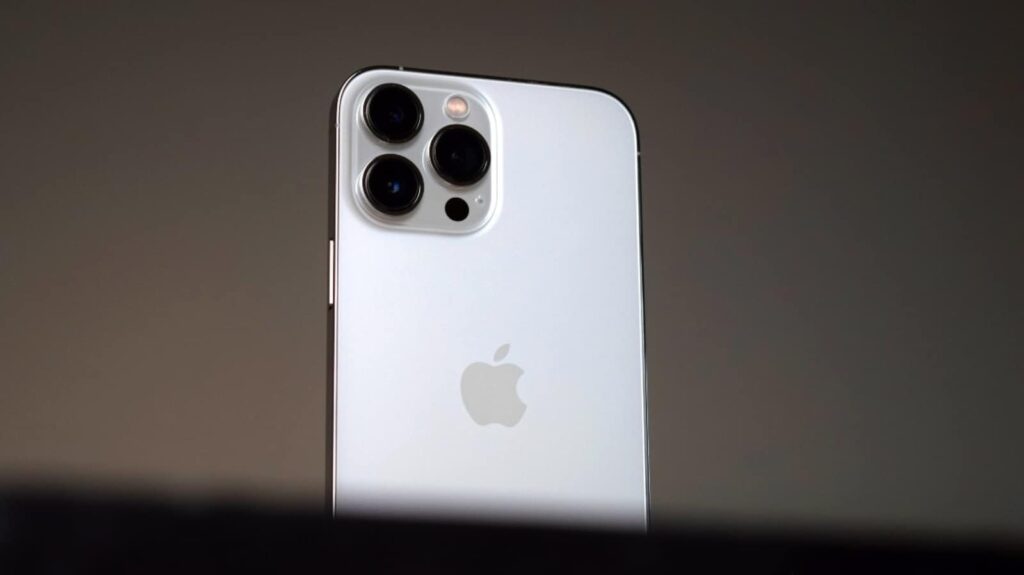[ad_1]
Summer is a good time to disconnect from technology — to leave your computer and cellphone at home and try to reconnect with family, friends and nature. But it’s also a good time for technology to help us make the most of our free time while we’re on vacation. How can we extend the battery life of our cellphone if we go hiking or spend the day at the beach? How can we safely share photos online? And how can we find out if our Airbnb has a hidden camera? Here is a list of technological tips to make the most of the summer.
How to make your battery last longer
While it is true that the battery life of a cellphone depends on its brand, model and even platform, there are a number of measures that you can take to make it last longer. In line with the recommendations of Google and Apple, the main cellphone developers, here is a list of ways to extend the battery life of your cellphone:
- Reduce screen time: the screen guzzles a lot of energy, and using it is a drain on the battery. To avoid this, set the screen to turn off as quickly as possible after a period of inactivity. This can be done in Settings/Display/Screen timeout on Android and Settings/Display & Brightness/Auto lock on iPhone.
- Dim the screen brightness: Apple and Google recommend manually minimizing the brightness of the screen to extend your battery. That said, the most efficient way to save energy is by letting your phone automatically adjust the brightness of the screen depending on the available light (it does this thanks to a light sensor located at the top of the screen).
- Activate power-saving mode: all iPhones and certain Android phones have an automatic mode in which the system reduces energy consumption to a minimum, which however, limits certain functions. This mode is activated automatically when the battery falls to a certain percentage. But if we know that we are not going to be able to charge our phone all day, we can manually set it to power-saving mode in settings.
- Set dark mode: You can also select dark mode to reduce battery consumption. This works especially well for phones with an OLED or AMOLED screen. To activate the dark mode, the following steps must be followed on Androids and iPhones.
How to hide sensitive information in photos
During vacations, it is very tempting to share photos of our trip on social media. But this can come with some risk. Are you sharing more information than you want? While filters can be used to blur faces or hide personal data, these measures are not foolproof. Incredible as it may seem, there are applications that can reverse this process and reveal hidden information.
There is also the risk of accidentally sharing metadata — the information about an image such as camera model it was taken with, shooting settings and date of capture. But what is worrying is that the metadata also includes geolocation, which precisely indicates where the photo was taken.
So, how can you effectively hide this information before sharing a photo online? When it comes to hiding faces, experts say the most effective measure is to place an opaque rectangle over them. And with respect to metadata, experts recommend sharing a screenshot of the photo.
How to detect hidden cameras
A relaxing vacation can turn into a nightmare. Imagine you are relaxing in an Airbnb, but when you turn off the light, you discover a red light in the corner of the ceiling. Now imagine that light belongs to a hidden camera that’s recording you. While fortunately this is not a common occurrence, cases have been reported and taken to court.
There are simple and effective ways to ensure we are not being secretly recorded. While there are several apps that can detect hidden cameras, the most effective tactic is to turn off all the lights so that the apartment is in darkness and switch on the camera in your cellphone. Modern cellphones have an infrared sensor that will show a point of light on the screen if there is an active camera.
It is not a foolproof method, but it is more effective than just looking. Keep in mind that these cameras are usually placed in smoke sensors, light openings and ceiling corners.
Sign up for our weekly newsletter to get more English-language news coverage from EL PAÍS USA Edition
[ad_2]
Source link







